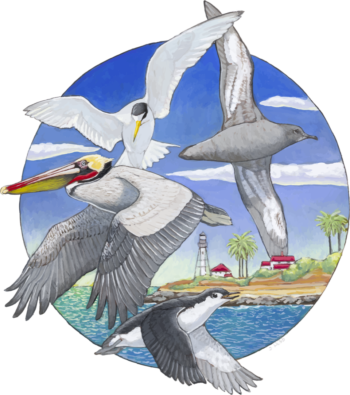
The 50th Annual Meeting of the Pacific Seabird Group (PSG) will take place February 15 – 17 2023 in in La Jolla, California, USA under the theme, “Boundary Currents in Borderless Oceans”.
PSG are calling for abstract submissions for the meeting, with topics inspired by the list below:
- Breeding Biology
- Climate Effects on Population Trends
- Climate Effects on Range and Migration
- Climate Effects on Behaviour
- Conservation and Restoration
- Contaminants and Marine Debris
- Extreme Events
- Fisheries Interactions
- Foraging Ecology
- Impact of Marine Plastics
- Integrated Studies of Seabirds Within Ecosystems
- Management and Policy
- Nonbreeding Biology
- Offshore Wind Impacts
- Population Biology
- Physiology
- Rodent Eradication
- Seabirds and Indigenous Cultures
Abstract submission will take place via Oxford Abstracts and will be accepted until 9 December 2022. Questions about abstract submissions can be directed to the PSG 2023 Scientific Program Chair at
Travel awards are available through application to both North American (USA & Canada) and international students, as well as international scientists. Applications for travel awards close 30 November 2022 with successful applicants announced early December. For more information on travel awards, refer to the PSG Handbook or contact
To register, submit an abstract or for further details about the event, head to the PSG 2023 Annual Meeting webpage.
11 November 2022

 English
English  Français
Français  Español
Español 
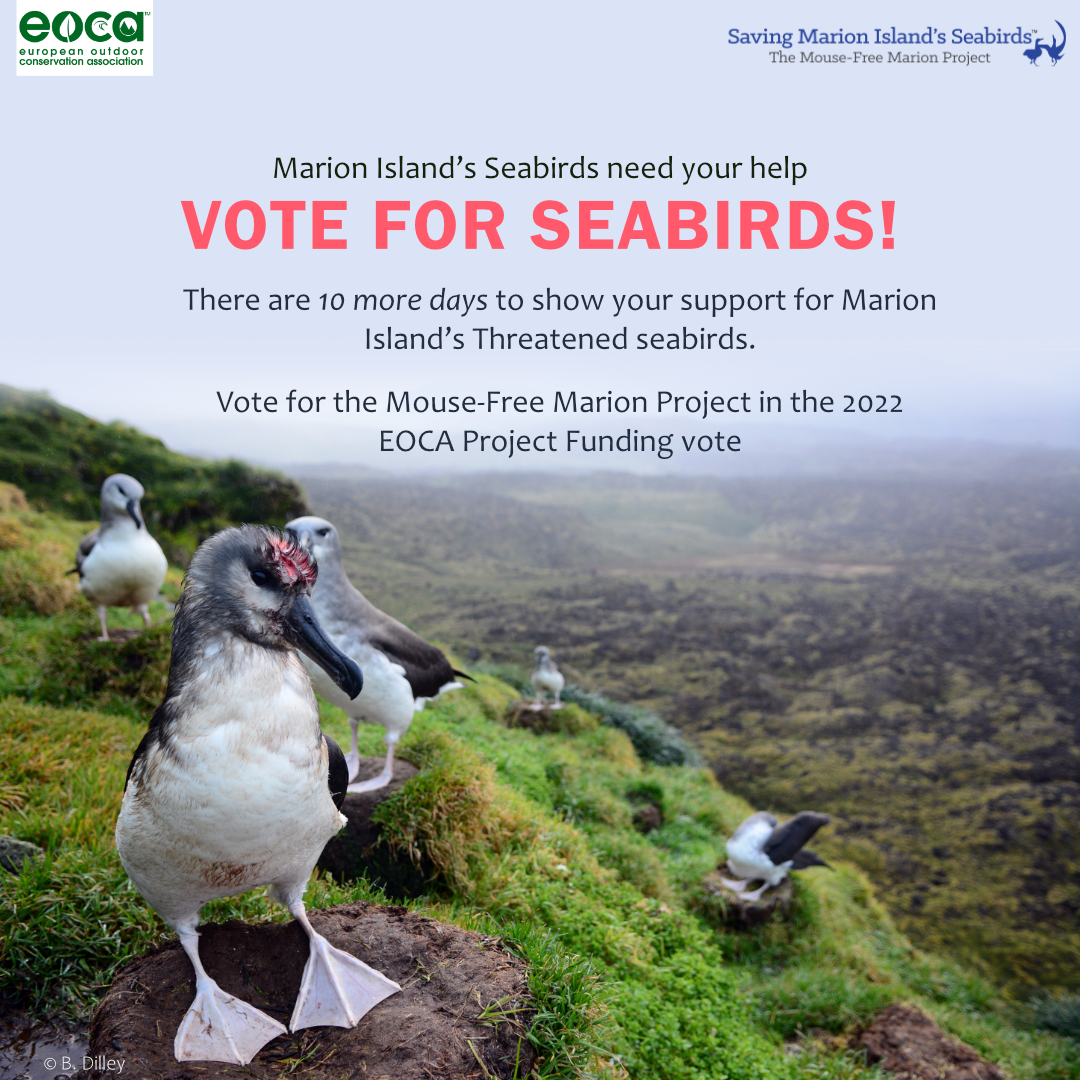
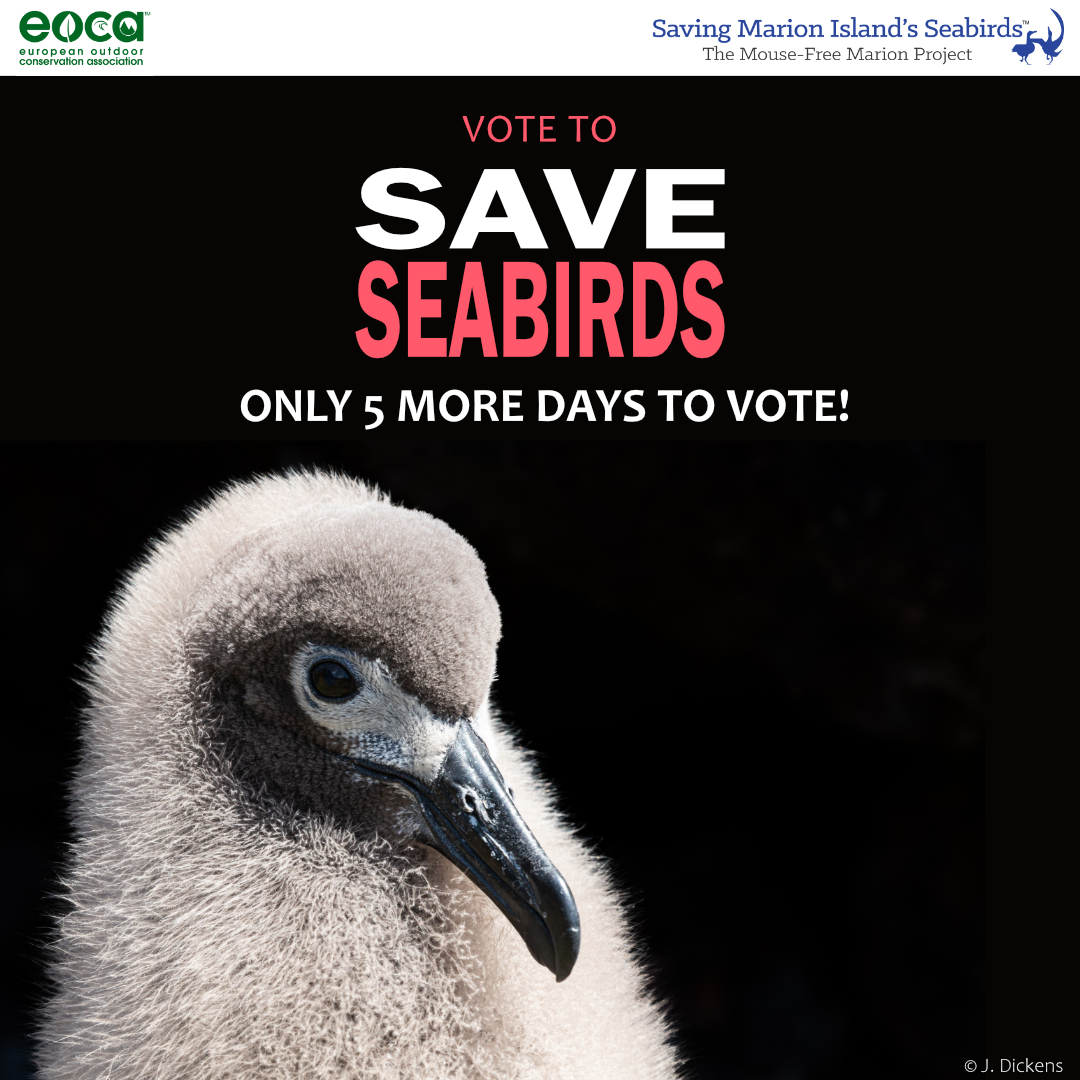
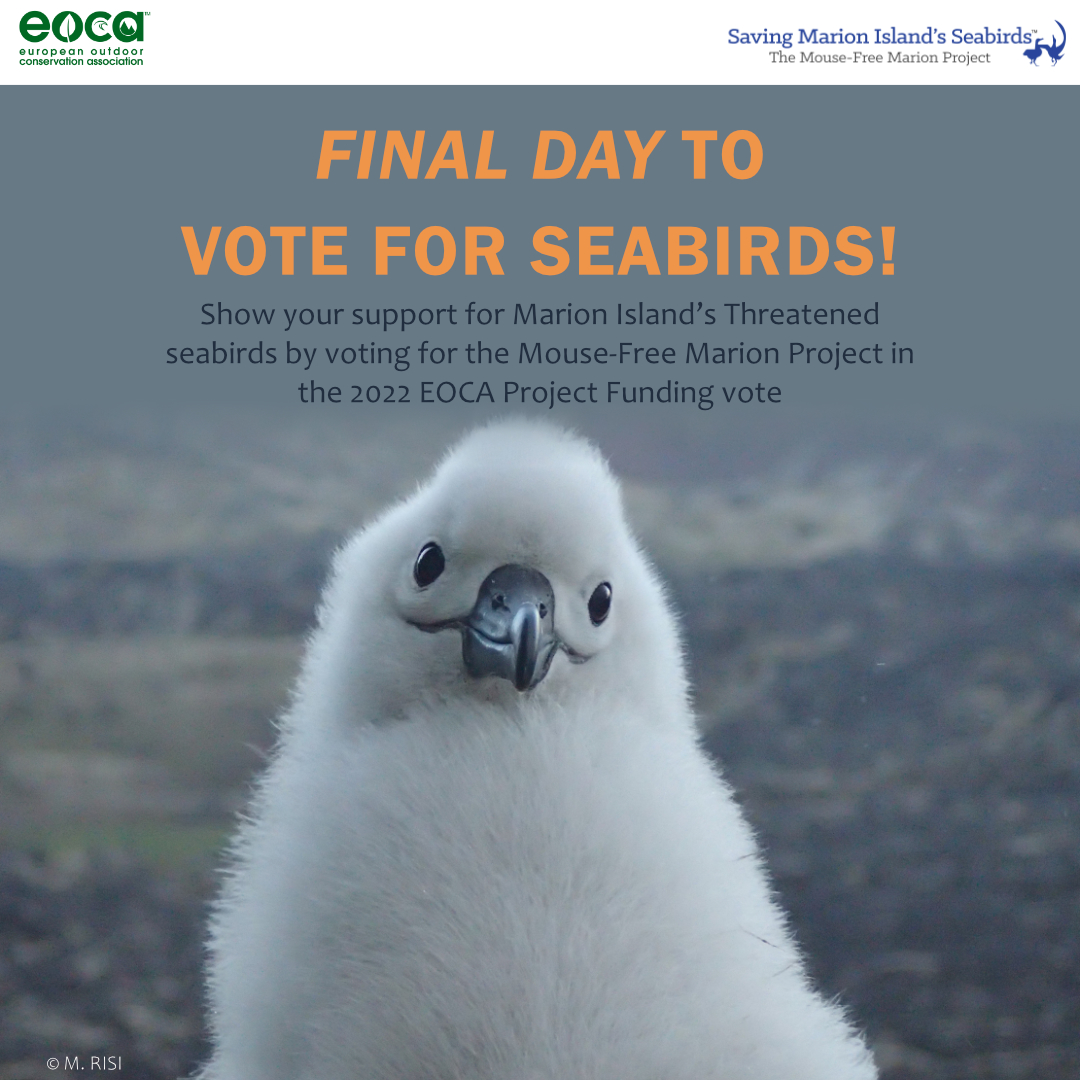
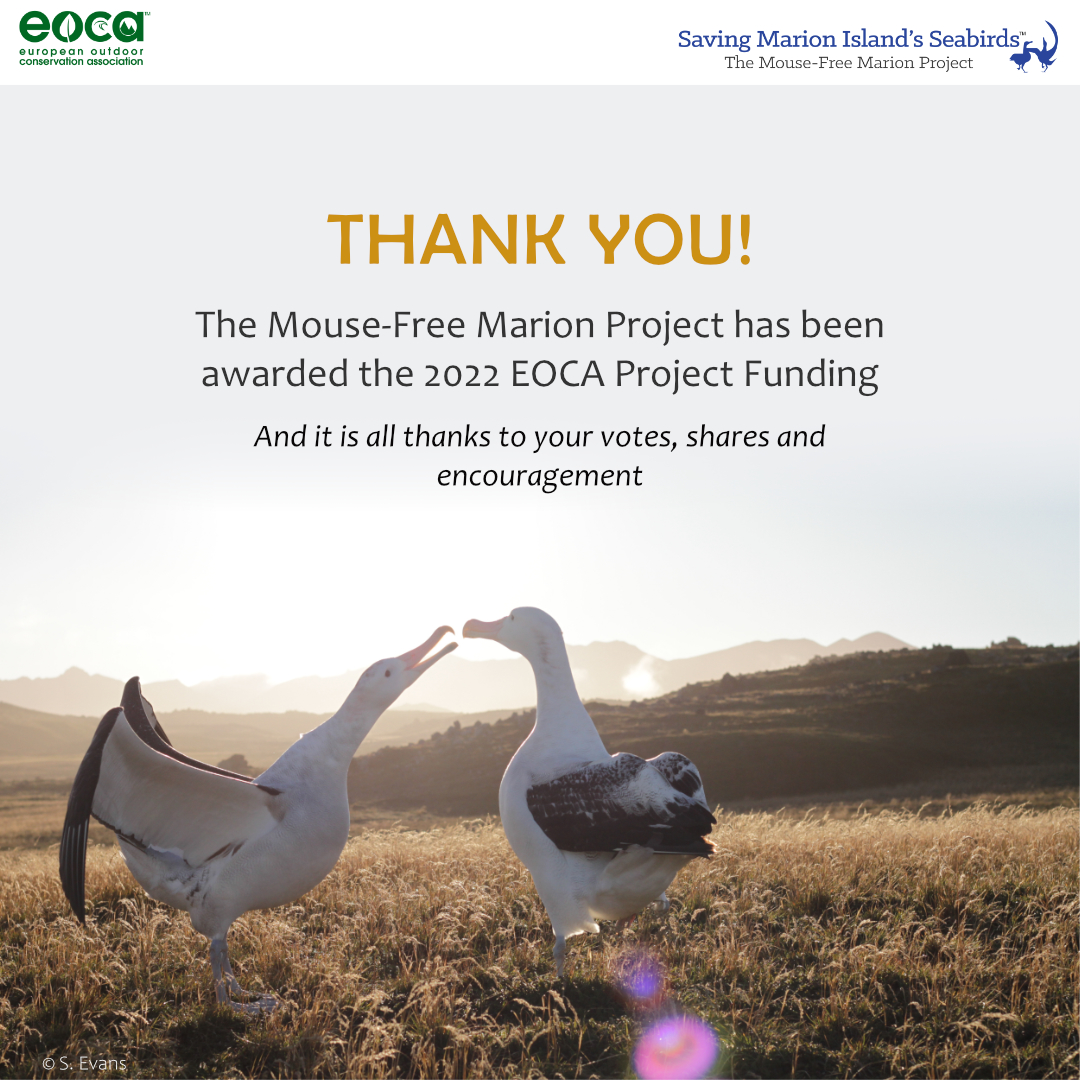
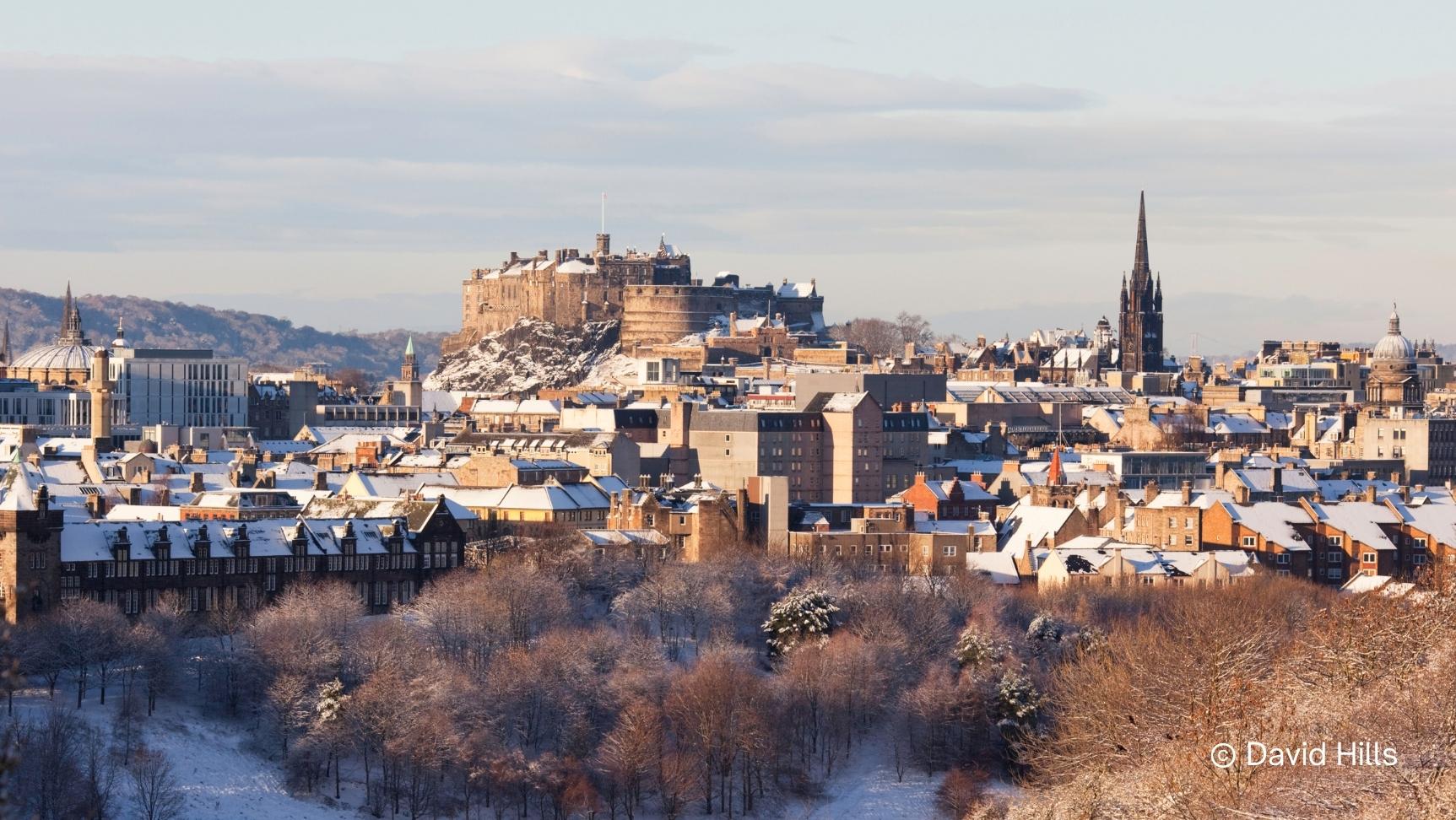 Edinburgh Castle looms large in the city's skyline; photograph by David Hills
Edinburgh Castle looms large in the city's skyline; photograph by David Hills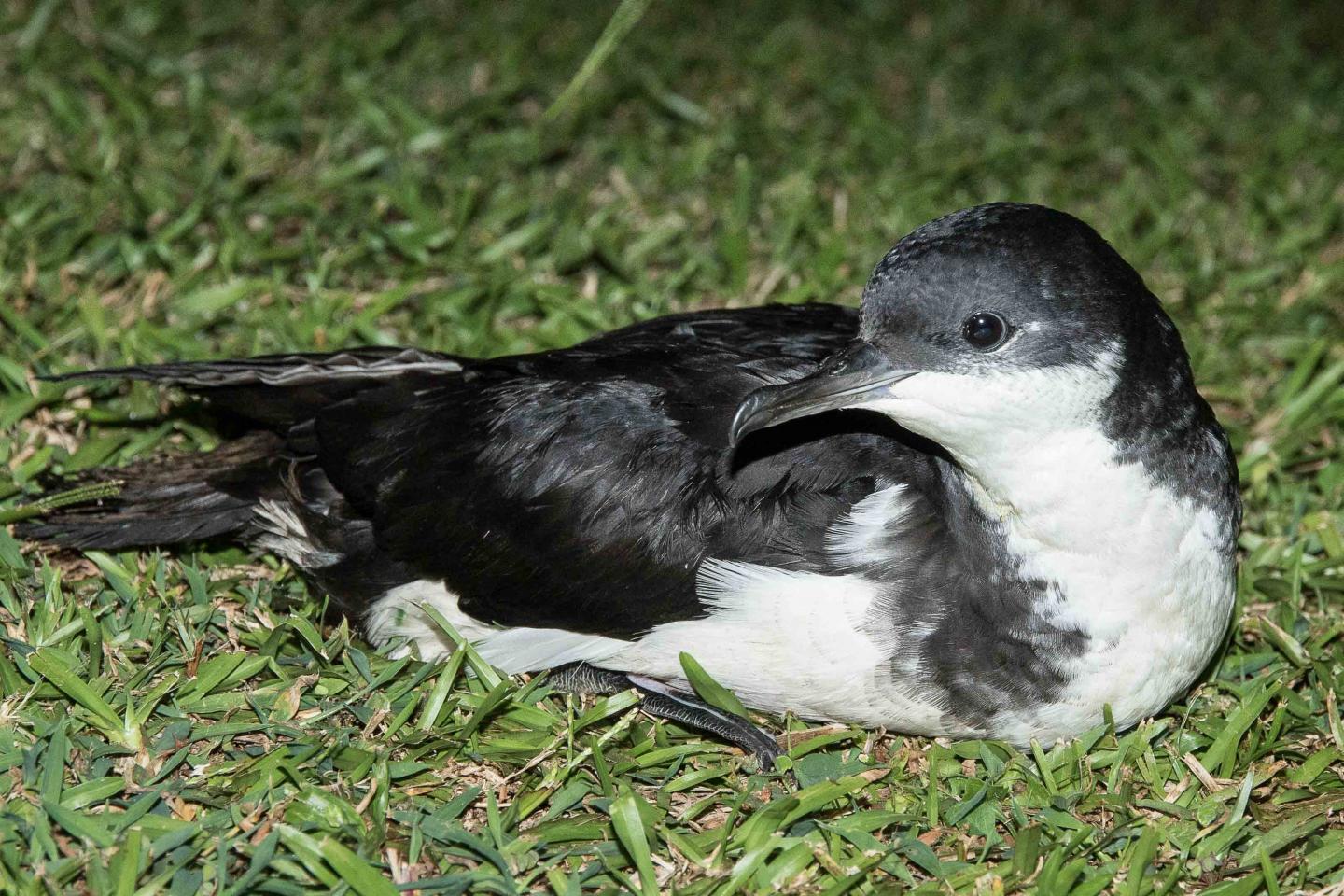
 The ACAP-listed Black Petrel - a species included in the study linking seabird groundings to light pollution; photograph by Kirk Zufelt
The ACAP-listed Black Petrel - a species included in the study linking seabird groundings to light pollution; photograph by Kirk Zufelt